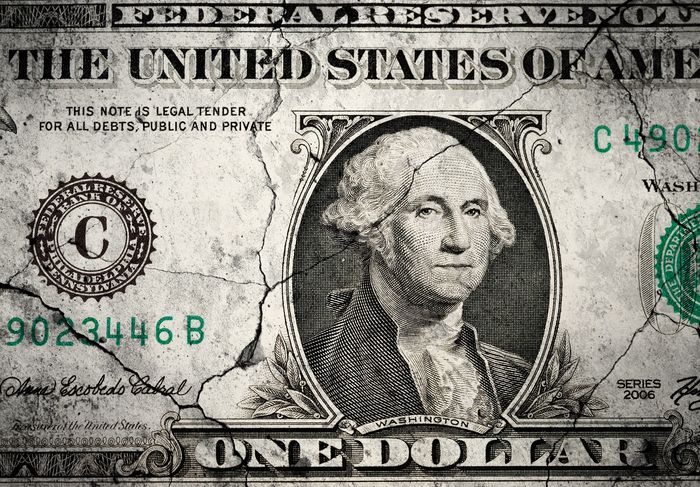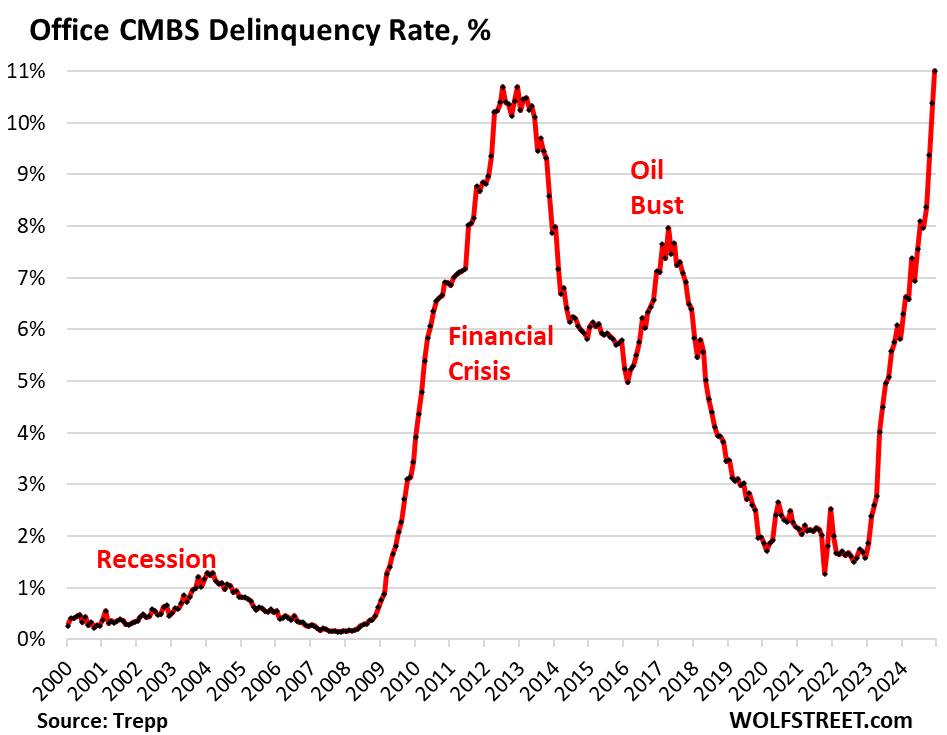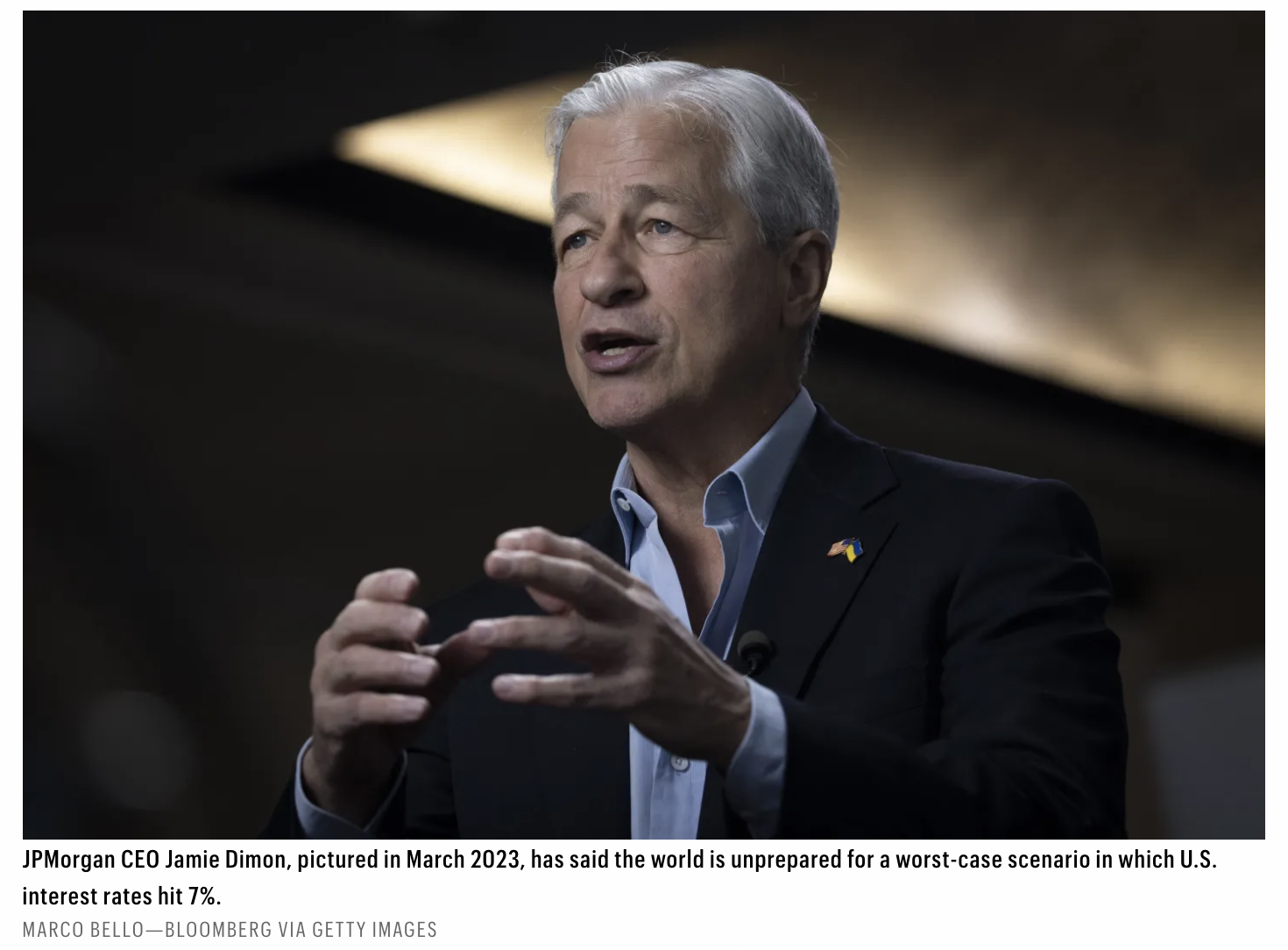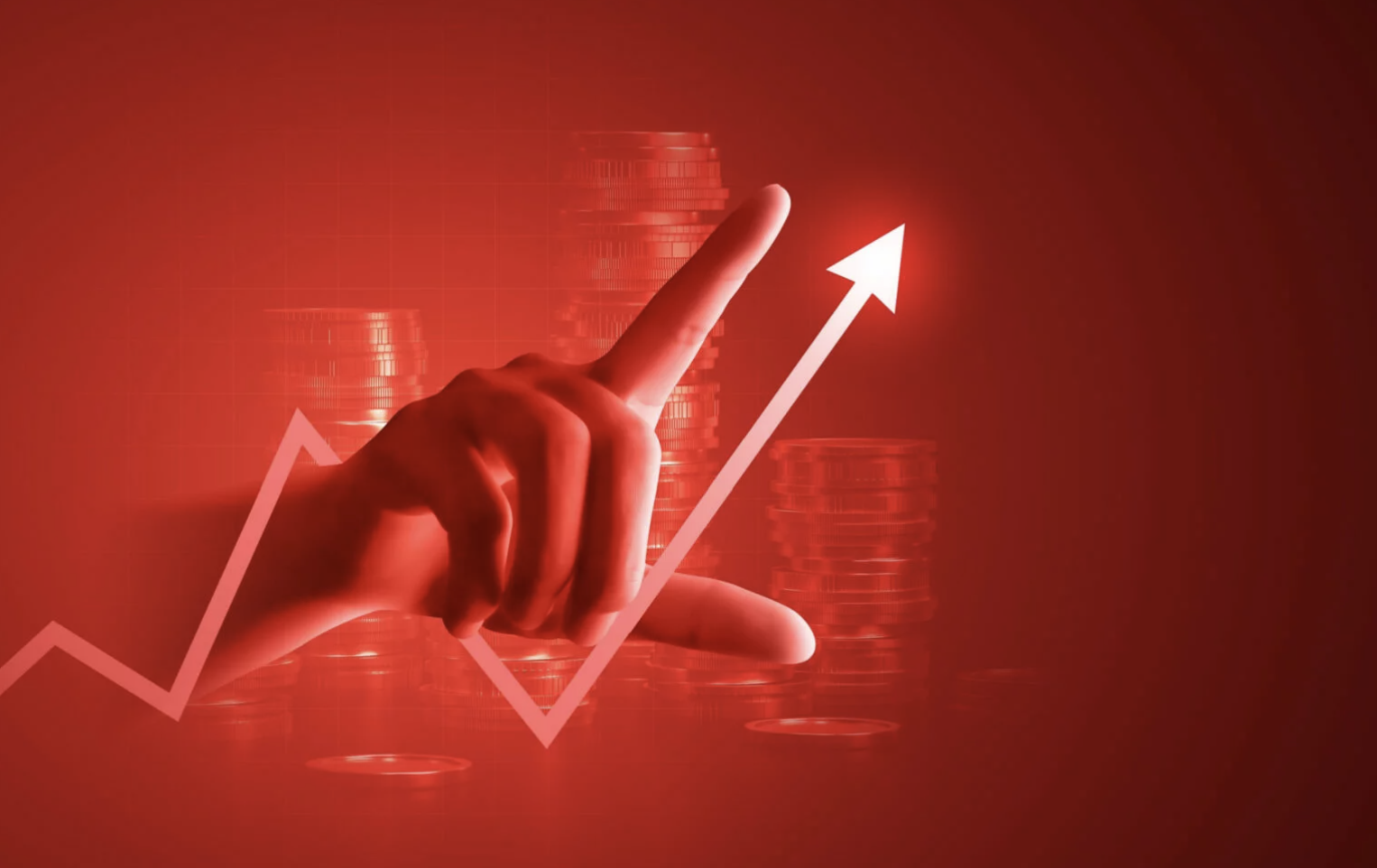Is The US Economy Headed Towards Stagflation?

- The first-quarter GDP report surprised investors with disappointing growth, while consumer prices kept rising.
- The provides the backdrop for stagflation, which can't be combated with rate cuts.
- The 1970s offer a warning of what could happen if inflation spirals out of control.
The latest GDP and inflation readings were what investors were least eager to see, and could hint at serious trouble ahead.
"This was a worst of both worlds report – slower than expected growth, higher than expected inflation," wrote David Donabedian, chief investment officer of CIBC Private Wealth US.
First-quarter growth fell well behind estimates, rising at an annualized rate of 1.6%, according to the Bureau of Economic Analysis. Not only is that far under forecasts of 2.5%, but it also fails to live up to the 3.4% increase achieved in the fourth quarter.
While such a cooldown would usually bolster calls for interest rates to start easing, the report noted a hotter-than-expected rise in consumer prices as well. That puts serious limits on the Federal Reserve's ability to take action, as the central bank has made clear it needs inflation to climb lower before any rate cuts can happen. Stocks — which have long priced in those cuts — sold off sharply.
It's also bad news for the economy, as sputtering growth and higher prices are the key ingredients for stagflation, which is characterized by economic listlessness and stubbornly elevated inflation over a prolonged period. Such a scenario that can be even harder to combat than a recession, because of the dynamic outlined above: the Fed's hands are largely tied.
America's last dalliance with stagflation came in the 1970s. The precedent can offer a glimpse into how the US economic picture could unfold, and makes it clear why economists are desperate to avoid a re-run.
Early that decade, geopolitical disagreement prompted the OPEC coalition to restrict crude exports to the US, and energy prices rocketed in response. With additional help from high government spending and the dollar's de-coupling from gold, inflation surged into double digits, while the economy tumbled.
The period was so tumultuous that it undid long-standing macroeconomic theories, and required the Fed to step up its role in the economy. In order to finally reign things in, then-Fed Chairman Paul Volcker was forced to raise interest rates a staggering 20%, calming price highs but throwing the US into a deep recession.
It's for this reason current analysts shudder at comparisons to the period 50 years ago, and why stagflationary forecasts bear weight.
JPMorgan's Jamie Dimon is among those who have recently made allusions to the stagflationary 1970s, warning that markets have become too cheerful about the state of the economy.
"I worry it looks more like the '70s than we've seen before," the prominent bank chief said at the Economic Club of New York last week.
His point — one he's asserted on multiple occasions — comes from the fact that fiscal spending has once again exploded, while the economy is poised to bear a number of inflation-drivers: from green industrialization to global remilitarization.
But stagflation remains a long shot. Despite sticky-high inflation, markets continue to price in at least one rate cut this year. Further, Barclays analysts led by Pooja Sriram pointed out after the GDP report that final sales to domestic purchasers rose by enough to suggest "demand conditions remain strong."
Friday's personal consumption expenditures report — viewed as the Fed's main inflation bellwether — will offer investors a clearer picture of where inflation is headed. If it goes higher, the Fed will have little choice but to become more tighten policy, according to Donabedian.
"We are not far from all rate cuts being backed out of investor expectations. It forces Chair Powell into a hawkish tone for next week's FOMC meeting," he said.




